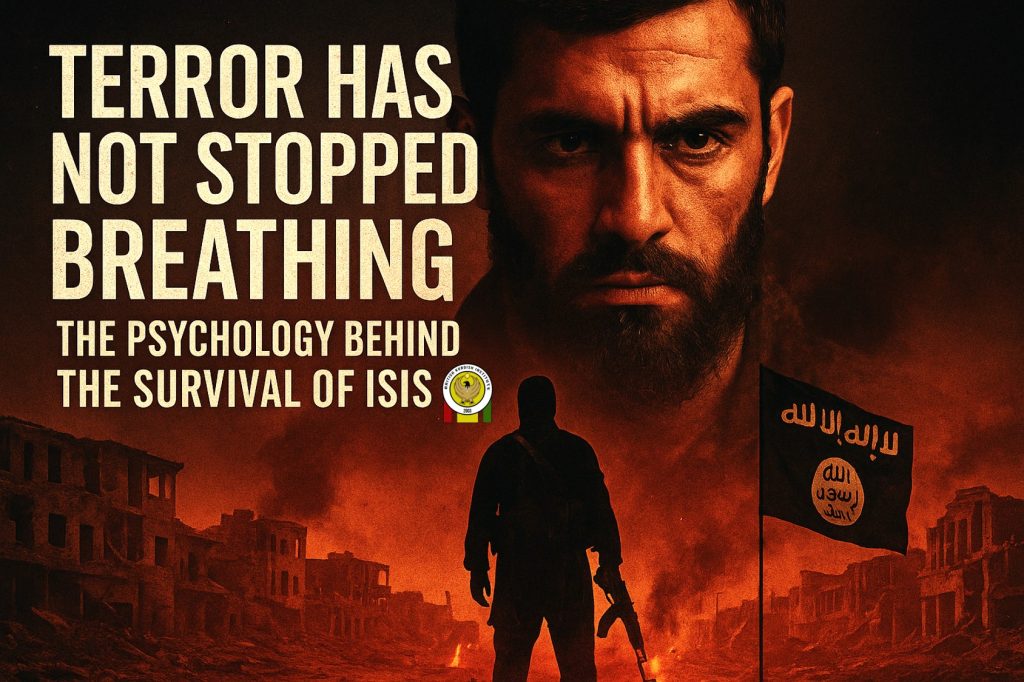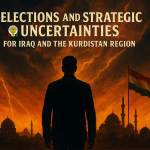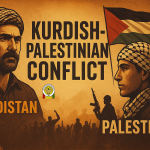Six Years After the Caliphate’s Fall, the Shadow of ISIS Still Lives
Six years have passed since the black flag of the so-called Islamic State vanished from the last hill in Baghouz, Syria. The world sighed in relief. Yet anyone walking today through the ruins of Raqqa or the camps of Hasaka realizes that terror has not stopped breathing—it has simply changed form.
ISIS has transformed from a visible army into an invisible ideology—quieter, deeper, and far more psychological.
In the hidden zones of Syria and Iraq, remnants of ISIS are regrouping. No longer parading in convoys, they now operate as small cells, secret networks, and digital echo chambers. While the world’s attention has shifted to new conflicts, a generation of children in camps whispers their parents’ slogans before they can even read.
Terror, it turns out, was never just a military project. It is a psychological, social, and cultural phenomenon that continues to evolve.
The Emotional Roots of Violence
Why do people join an organization built on cruelty, oppression, and death?
The answer lies not in faith alone, but in emotion. ISIS offers identity where there is none, community amid despair, and meaning where life feels worthless. The “enemy”—the other—is stripped of humanity, turned into an object unworthy of compassion, and marked for annihilation.
In war-torn societies like Syria and Iraq, young people grow up surrounded by poverty, humiliation, and hopelessness. Within this vacuum, extremist ideology acts like a drug: it promises strength, belonging, and moral clarity. It gives suffering a name and a target—“the West,” “the infidels,” “the traitors.”
Social psychology reveals that ISIS functions as a substitute religion for the wounded. Religious language is mere packaging; the real product is power, control, and self-justification. The organization manipulates Islamic symbols to heal psychological wounds—not through spirituality, but through domination.
The New Face of Horror: From Battlefields to Minds
Since the rise of Hay’at Tahrir al-Sham (HTS), chaos in northern Syria has deepened. Wherever order collapses, extremist groups resurface. In Raqqa, Deir ez-Zor, and Hasaka, attacks, assassinations, and bombings are again on the rise.
Yet the most dangerous weapon is not the rifle—it is belief.
In prisons across northeastern Syria, former ISIS leaders continue teaching ideology. In the camps of Hol and Roj, thousands of women and children from nearly fifty countries live under the shadow of radicalism. For many of these children, the Islamic State is not a memory—it is their entire world of meaning.
Terror has detached itself from geography. It now exists as a spirit that inhabits stories, symbols, and minds.
The Invisible State: ISIS Without Borders
ISIS has lost its territory, but not its structure. It lives on as a totalitarian idea that needs no physical capital. Across Syrian and Iraqi villages, former members still speak of “justice” and “duty,” softening the horror of the past.
Women in the camps say they “only came to help.” Children raise their fingers in the group’s gesture without knowing what it means.
This is how ideology survives defeat—the body dies, but the idea persists. You can bomb a city, but you cannot bomb a belief.
Western Blindness and the Illusion of Victory
After 2019, many Western governments declared victory over ISIS. But from a psychological standpoint, that victory was incomplete. The world targeted symptoms, not roots.
Around 8,000 ISIS fighters from nearly 50 countries remain imprisoned in Syria. Most home governments refuse repatriation, believing it safer to leave them there. In reality, this neglect is a ticking time bomb.
The camps have become schools of radicalization, where every child without hope carries the seed of a new extremist movement. Terrorism behaves like a virus—it survives in any host vulnerable enough to carry it.
The Psychology of Trauma and Ideology
The strength of ISIS and similar groups lies not only in organization, but in their ability to transform trauma into ideology. Victims of violence search desperately for meaning, and ISIS provides it—through a dark inversion of morality. Victims become executioners; executioners become martyrs.
This cycle of trauma ensures that each generation inherits the wounds of the last and refills them with new blood.
To fight terror, the world must fight despair. It must heal trauma, create opportunity, and offer meaning—not as empty optimism, but as a counter-narrative to the void that feeds extremism.
The Real Battlefield: The Human Mind
The war against terror is no longer about territory; it is about psychology. The battlefield is the classroom, the conversation, the family.
It requires teachers, psychologists, and social workers—not only soldiers. Above all, it requires empathy.
To see only a monster in a radicalized person is to miss the wounded human behind the mask—the boy longing for belonging, the girl seeking protection.
The Hard but Necessary Truth
Terrorism is not alien. It grows from human weakness, fear, and isolation. And because it is human, it can be overcome through human means.
ISIS still exists—not as a state, but as a state of mind. Its deadliest weapon is not the bomb but the feeling of worthlessness it transforms into purpose.
The true task of the international community is to restore dignity—through education, justice, and the rediscovery of shared humanity.
Because wherever dignity grows, terror dies. And perhaps that is the most powerful weapon we truly possess.









